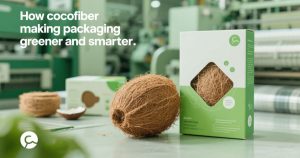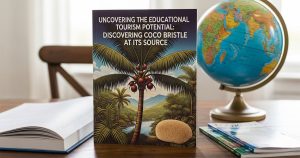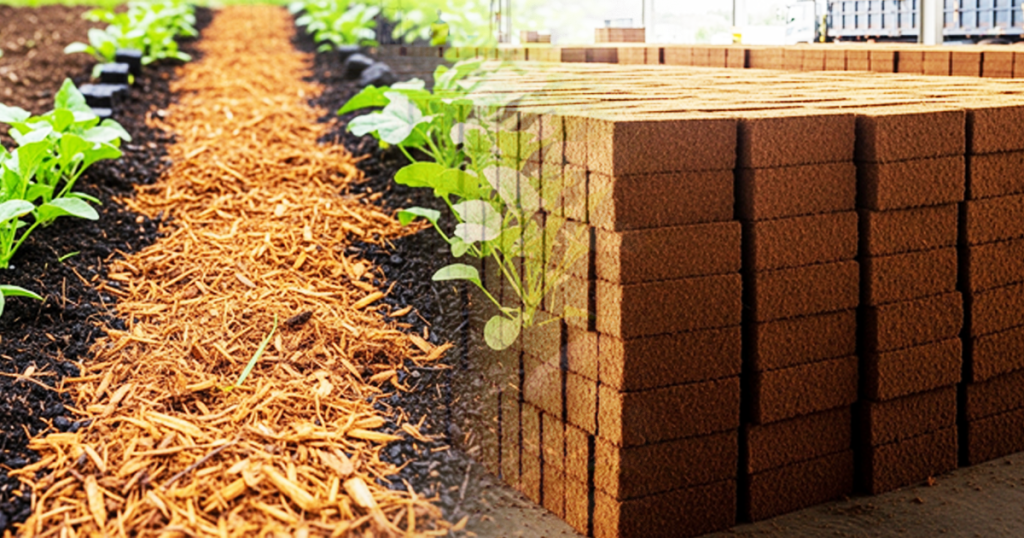Coco Peat: A Growing Contender in Sustainable Agriculture
As agriculture faces increasing pressure to adopt more sustainable and efficient practices, coco peat or coconut coir has emerged as a promising alternative to traditional soil. Made from the fibrous husk of coconuts, this organic byproduct has captured the interest of farmers, horticulturists, and researchers alike.
But the question remains: Can coco peat replace soil forever? As a researcher focused on organic substrates and sustainable farming systems, I’ve had the opportunity to analyze coco peat in laboratory and field settings.
What’s clear is that while coco peat offers several advantages, it is not a perfect substitute for all soil types or uses.
What Makes Coco Peat an Appealing Soil Alternative?
Coco peat has several qualities that make it a valuable medium for plant growth. It boasts excellent water retention, high porosity, and a neutral pH, making it ideal for seed starting, hydroponics, and container gardening.
From a sustainability standpoint, coco peat also wins points. It’s a byproduct of the coconut industry, making use of waste materials that would otherwise be discarded. Compared to peat moss, which is mined from slowly regenerating peat bogs, coco peat offers a far lower environmental impact.
Many commercial growers now use coco peat mixed with other media to cultivate crops like tomatoes, strawberries, and lettuce. In hydroponic setups, coco peat serves as a stable and sterile base for nutrient solutions, free from common soil-borne diseases.
The Limitations Behind the Hype
Despite the benefits, coco peat has several limitations that prevent it from completely replacing soil at least for now.
First, while coco peat is rich in lignin and cellulose, it lacks many essential nutrients. Unlike natural soil, which contains a complex ecosystem of microorganisms and organic matter, coco peat is mostly inert. It must be supplemented with fertilizers or compost to support healthy plant growth over the long term.
Second, its salt content can pose challenges. Poorly processed coco peat may retain high levels of sodium and potassium, which can interfere with plant nutrition. Proper buffering and rinsing are essential before use, especially in sensitive crops.
Lastly, there’s the economic and logistical factor. Not all regions have easy access to coconut processing facilities. Importing coco peat to non-tropical countries increases the carbon footprint and cost, limiting its global scalability.
What Do Experts Say?
Dr. Angela Ruiz, a soil scientist at the Global Institute of Agricultural Innovation, believes coco peat is an excellent complement, not a replacement.
“Coco peat can improve soil aeration and moisture control in greenhouses and small-scale farming,” Ruiz explains. “But for large-scale open-field agriculture, we still rely on the complex structure and biodiversity of natural soil.”
My own field trials confirm this. Crops grown exclusively in coco peat showed rapid early development but plateaued in yield unless supplemented with microbial inoculants and organic nutrients. Integrating coco peat into a soil-based system, however, produced more consistent and sustainable results.
Toward a Balanced Future in Farming
While coco peat may not entirely replace soil, its role in the future of agriculture is undeniable. It fits perfectly into the growing interest in controlled-environment agriculture, hydroponics, and urban farming. It is especially beneficial in regions with poor soil quality or contamination.
Innovations in biofertilizers, microbial additives, and organic amendments could one day close the gap, allowing coco peat to support long-term cultivation without traditional soil. For now, it remains one of the most promising tools in the sustainable farming toolbox—but not a silver bullet.
Complement, Not Replacement
So, can coco peat replace soil forever? The answer is nuanced. It can substitute soil in specific contexts and improve existing agricultural systems, but it cannot yet replace the biological, chemical, and structural complexity of natural soil across all applications.
As a researcher, I believe the future lies not in choosing one medium over the other, but in integrating the best of both worlds. By combining the renewable promise of coco peat with innovations in organic farming, we may be able to build a more sustainable and food-secure future.








